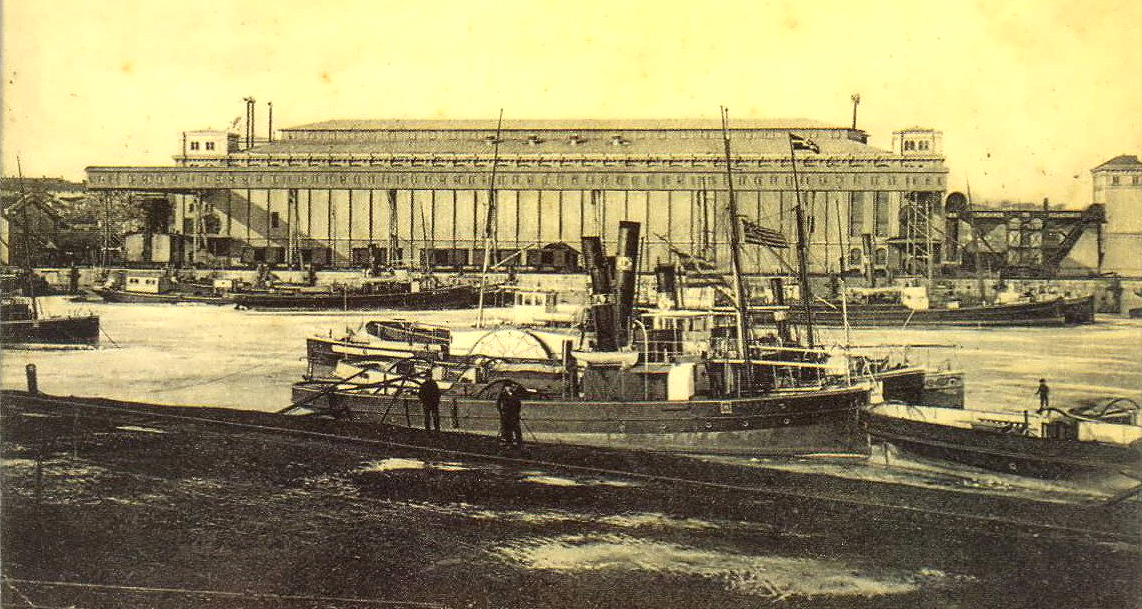World's First Concrete Grain Silo: Braila
The building was gigantic at that time: it was 18 meters high, 120 meters long and 30 meters wide.
BRAILA, Romania --The reinforced concrete and prefabricated slabs were used, for the first time in the world, for the construction of Docks and Cereal Silos in Braila , Romania; the works were carried out, between 1888-1891, by companies from the Netherlands, Germany and France, under the supervision of the Romanian engineer Anghel Saligny , aided by the engineers S. Yarca and C. Sion, who thus set the world record for the construction of the World's First Concrete Grain Silo , according to the World Record Academy.
The building was gigantic at that time: it was 18 meters high, 120 meters long and 30 meters wide," the Adevarul reports.
Two of the silo sections were for loading and unloading, the third was for cleaning the impurities grain, and the central section had 336 hex cells, like a bee hive, with a capacity of 50 or 100 tons each (185 to 100 tons and 151 of 50 tons). In total, therefore, about 25,000 tons of cereals could be stored there, enough to ensure the entire consumption of the population of Romania (formed at that time from Moldova and the Romanian Country) for one month. The annual turnover by warehouse would reach, in 1935, over 600,000 tons of cereals.
"The works were particularly large and expensive, being the equivalent of about 50 million euros nowadays. The money was secured entirely from the country's budget, through CFR (a state-owned company founded only eight years ago, in 1880), which also provided the rest of the infrastructure that linked the port with the national rail system,"the Adevaruldaily reports.
In the docks a thermoelectric power station with anthracite is put into operation, for lighting, warehouses are built (for 200 cars), oil tanks, cobbled roads ","says E.O. Mocanu.
Anghel Saligny was a remarkable construction engineer, world-wide forerunner of the science of metal and reinforced concrete, realizing multiple inventions and unique solutions in the design and construction of bridges and industrial constructions, for the foundation of the docks and the docks, as well as the silos wheat by the use of precast concrete, all for the world premiere.
Based on his own inventions, Anghel Saligny built, in the world premiere, the reinforced concrete silos, from Brăila (1888) and Galați (1889), just one year after the French Joseph Monier (1823 - 1906) had obtained, in 1867 , the first patent for building elements (beams, plates, poles) of reinforced concrete, this material little studied at that time.
The silos designed and executed, under the direct guidance of Anghel Saligny
, could contain over 25,000 tons of cereals (they were 30 m x 120 m at the base and over 18 m high).
The walls of the hexagonal cells of the silos were made, for the first time in the world, from pieces made on the ground, in the form of plates. Prefabrication of floor slabs, stiffening and jointing corners, welding of metal bars and machining at assembly are other priorities worldwide.



